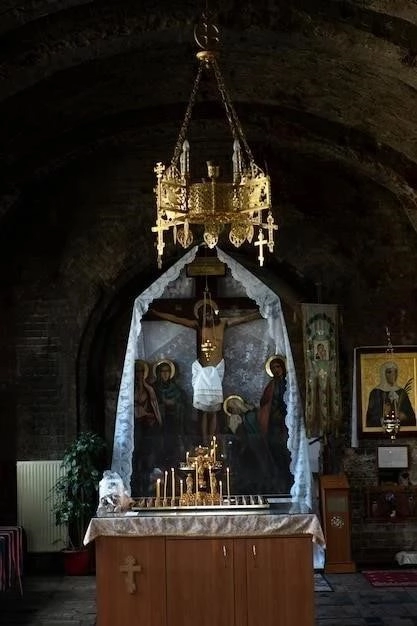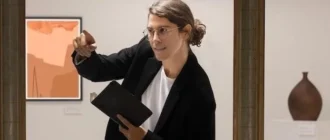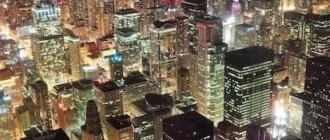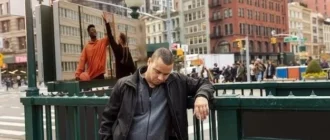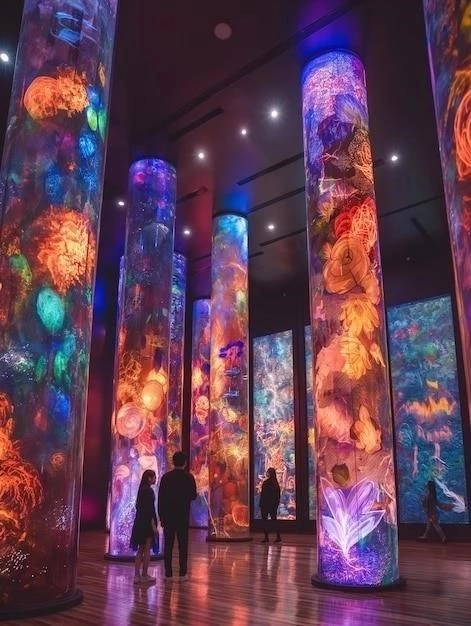The Birthplace of American Bohemian Culture
Greenwich Village emerged as a haven for artists, writers, and intellectuals seeking refuge from societal constraints, particularly during the late 19th and early 20th centuries. This influx of creative minds transformed the neighborhood into a hotbed of unconventional thinking, artistic expression, and countercultural movements, solidifying its status as the birthplace of American Bohemian culture.

Architectural Heritage and Historic Preservation
Greenwich Village presents a captivating tapestry of architectural styles, reflecting its rich and layered history. From its humble beginnings as a Dutch settlement to its evolution into a vibrant hub for artistic expression, the neighborhood’s built environment stands as a testament to its enduring legacy.
Federal-style townhouses, dating back to the late 18th and early 19th centuries, evoke a sense of early American elegance with their symmetrical facades, understated ornamentation, and graceful proportions. These architectural gems, often characterized by arched doorways, fanlight windows, and delicate ironwork, provide a glimpse into the neighborhood’s early days.
As Greenwich Village transitioned into a thriving center for commerce and culture in the mid-19th century, Italianate-style buildings emerged, adding a touch of European grandeur to the streetscape. These structures, with their elaborate cornices, arched windows, and decorative brackets, reflect the growing prosperity and sophistication of the neighborhood during this era.
The late 19th and early 20th centuries witnessed the arrival of row houses, which became synonymous with Greenwich Village’s unique character. These narrow, multi-story dwellings, often adorned with intricate brickwork, bay windows, and decorative lintels, provided housing for the neighborhood’s growing population of artists, writers, and intellectuals.
Recognizing the historical and cultural significance of Greenwich Village’s architectural treasures, the New York City Landmarks Preservation Commission designated a significant portion of the neighborhood as a historic district in 1969. This designation ensures the protection and preservation of over 2,000 buildings, safeguarding the neighborhood’s unique character for generations to come.
The Greenwich Village Historic District stands as a testament to the neighborhood’s enduring legacy as a center for creativity, innovation, and social change. The preservation of these architectural gems not only celebrates the neighborhood’s rich past but also contributes to its ongoing vitality as a vibrant and culturally significant destination.

Notable Residents and Cultural Impact
Greenwich Village has long been a magnet for creative spirits, attracting a constellation of artists, writers, musicians, and intellectuals who have left an indelible mark on American culture. Their presence has infused the neighborhood with a spirit of intellectual curiosity, artistic innovation, and social progressiveness that continues to resonate today.
Literary giants such as Edith Wharton, Henry James, and Mark Twain found inspiration in the Village’s charming streets and bohemian atmosphere. Their works often captured the essence of the neighborhood’s unique character and the social dynamics of its diverse inhabitants.
The Village’s artistic legacy is equally profound. Painters like Edward Hopper immortalized the neighborhood’s quiet corners and atmospheric cafes, while photographers like Diane Arbus captured the raw energy and unconventional beauty of its residents. Their works provide a visual chronicle of Greenwich Village’s evolving identity.
Musicians, too, have found a spiritual home in Greenwich Village. From the folk revival of the 1960s, with icons like Bob Dylan and Joan Baez gracing its stages, to the jazz greats who frequented its intimate clubs, the Village has been a crucible for musical innovation and a launchpad for countless careers.
Beyond the arts, Greenwich Village has been at the forefront of social and political movements. Its residents have consistently challenged societal norms, advocating for civil rights, LGBTQ+ equality, and artistic freedom. This spirit of activism and social consciousness remains deeply ingrained in the neighborhood’s DNA.
The cultural impact of Greenwich Village extends far beyond its physical boundaries. The ideas, art, and music born within its streets have reverberated throughout the world, shaping artistic movements, inspiring generations of creatives, and contributing to a broader cultural dialogue.

Greenwich Village Today: A Blend of Past and Present
Greenwich Village today embodies a captivating paradox: a neighborhood deeply rooted in its bohemian past while simultaneously embracing the dynamism of 21st-century urban life. While the Village of today might not exude the same raw, unpolished energy of its artistic heyday, its spirit of creativity and independent thought persists, albeit in a more refined and evolved form.
The once-affordable haunts of struggling artists and writers have given way to upscale boutiques, trendy restaurants, and luxury apartments, reflecting the neighborhood’s desirability and the economic realities of modern city life. However, amidst these outward changes, the Village retains a distinct character, a palpable echo of its bohemian legacy.
Independent bookshops, a testament to the neighborhood’s literary heritage, continue to thrive, offering curated selections and fostering a sense of community among bibliophiles. Intimate performance spaces, reminiscent of the Village’s role as a musical incubator, still host emerging artists, keeping the spirit of artistic exploration alive.
While the faces and rhythms of Greenwich Village have transformed over time, its essential character endures. The neighborhood’s streets still exude a certain creative energy, a sense of possibility and intellectual curiosity, attracting a new generation of artists, entrepreneurs, and free spirits seeking a connection to its storied past.
Greenwich Village today stands as a testament to the enduring power of place, a neighborhood where history and modernity coexist, where the echoes of bohemian dreams mingle with the aspirations of a new generation, shaping a vibrant tapestry that continues to captivate and inspire.

Exploring the Village: Landmarks and Hidden Gems
Greenwich Village invites exploration, its labyrinthine streets promising a captivating blend of iconic landmarks and secluded treasures. A leisurely stroll through the neighborhood reveals a tapestry of architectural wonders, cultural institutions, and charming public spaces, each whispering tales of the Village’s storied past.
Begin your journey at the iconic Washington Square Park, the heart of Greenwich Village. This bustling square, framed by the majestic Washington Square Arch, embodies the neighborhood’s vibrant spirit, attracting a diverse mix of students, artists, musicians, and chess enthusiasts. A haven for free expression and impromptu performances, the park embodies the Village’s enduring bohemian character.
Meander along Bleecker Street, renowned for its eclectic mix of boutiques, cafes, and music venues. Once a hub for the Beat Generation, the street retains a bohemian vibe, attracting those seeking vintage finds, artisanal coffee, or live music in an intimate setting.
Discover literary history at the White Horse Tavern, a literary landmark frequented by the likes of Dylan Thomas, Jack Kerouac, and Norman Mailer. The tavern’s dimly lit interior and convivial atmosphere evoke the spirit of countless literary gatherings, fueled by lively conversation and creative inspiration.
Seek out the quiet charm of MacDougal Alley, a secluded lane lined with former stables converted into charming studios. Once home to renowned artists like Jackson Pollock and Willem de Kooning, the alley offers a glimpse into the neighborhood’s artistic past and a moment of tranquility amidst the urban bustle.
Whether you wander aimlessly, guided by your curiosity, or follow a carefully curated itinerary, Greenwich Village rewards exploration. Each street corner offers a glimpse into its rich history, a chance encounter with its vibrant present, and a reminder of its enduring allure as a haven for creativity, individuality, and the enduring spirit of bohemianism.



